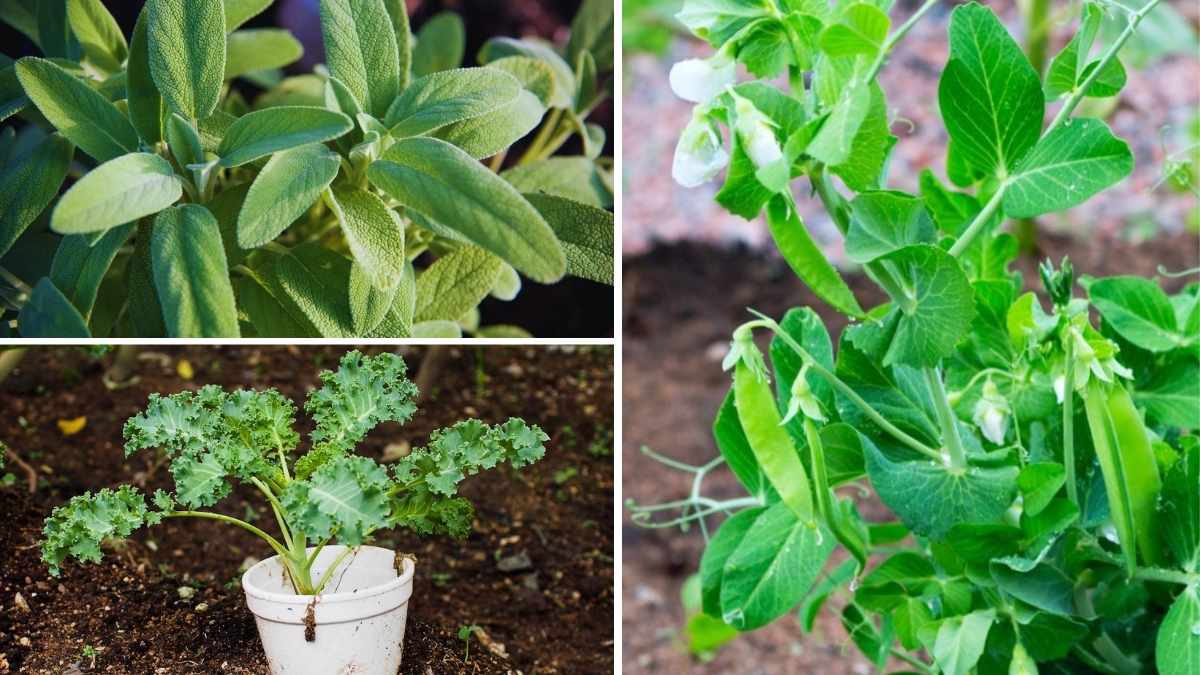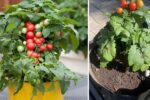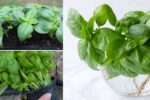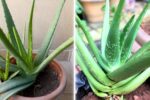A garden is more than a place to grow food it’s a space of color, fragrance, and life. Many vegetables and herbs not only feed your family but also produce beautiful blooms that attract pollinators, enrich the soil, and elevate the garden’s appearance. Combining flowering vegetables and herbs gives your garden both beauty and bounty. Here are ten stunning plants that will make your garden vibrant and productive.
1. Chives
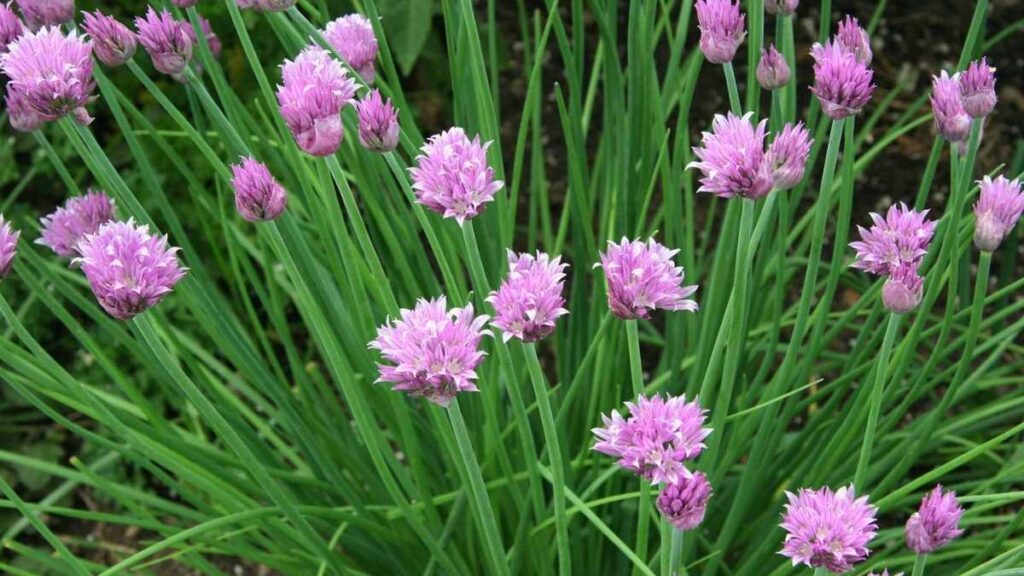
Chives are hardy perennial herbs that add charm with their purple, ball-shaped flowers rising above slender green stalks. Their mild onion flavor makes them perfect for culinary use, while the blossoms attract bees and butterflies.
How to Grow
- Plant in well-drained soil and full sun
- Water moderately; avoid waterlogging
- Divide clumps every 2–3 years for healthy growth
- Harvest leaves regularly to encourage new shoots
2. Nasturtium
Nasturtiums brighten up any garden with their vivid orange, red, and yellow flowers. Both the leaves and blossoms are edible, adding a peppery flavor to salads. They also help deter pests like aphids and whiteflies.
How to Grow
- Sow seeds directly in the garden after frost
- Choose sunny spots with poor to average soil
- Water sparingly; over-fertilizing reduces blooms
- Let them trail or climb for a decorative effect
3. Basil
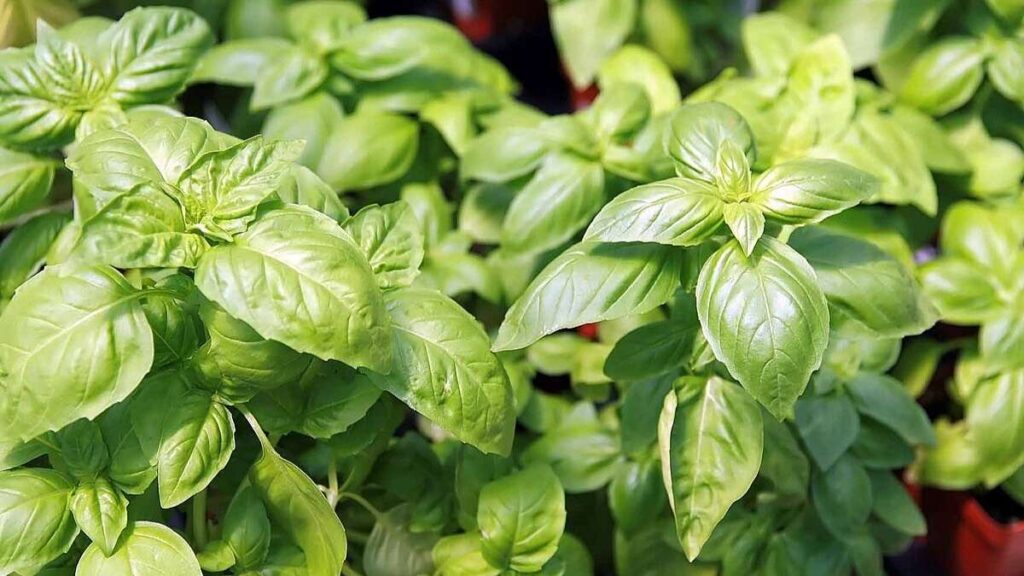
Basil’s fragrant leaves and delicate flowers make it a must-have herb. The tiny white or purple blooms attract bees, while the plant itself adds aroma and flavor to countless dishes.
How to Grow
- Plant in warm, sunny areas with rich soil
- Water regularly, keeping soil moist but not soggy
- Pinch off the top leaves to encourage branching
- Harvest before flowers fully bloom for best flavor
4. Okra
Okra’s large, hibiscus-like flowers are among the most striking in any vegetable garden. The creamy petals with a red center attract pollinators and give way to tender pods for harvest.
How to Grow
- Plant in warm soil after the last frost
- Space plants about 12–18 inches apart
- Water deeply once or twice a week
- Harvest pods when young and tender
5. Dill
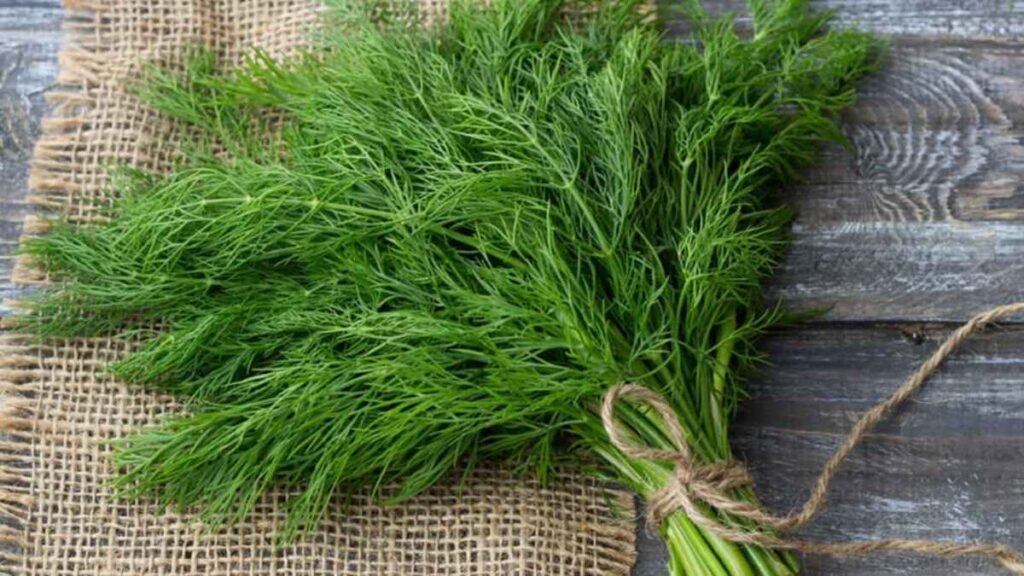
Dill’s umbrella-shaped yellow flowers bring brightness to any herb garden. It attracts ladybugs and other beneficial insects while offering aromatic leaves for pickles, fish, and sauces.
How to Grow
- Sow seeds directly into the soil in early spring
- Choose full-sun locations with light, well-drained soil
- Water moderately and avoid overcrowding
- Harvest leaves before flowering for best flavor
6. Peas
Peas bloom with delicate white or pink flowers that later develop into sweet pods. Their vines can beautify fences and trellises, adding height and charm to your garden.
How to Grow
- Plant early in spring when soil is cool
- Provide trellises or supports for climbing varieties
- Keep soil moist but not waterlogged
- Pick pods regularly to encourage new growth
7. Sage
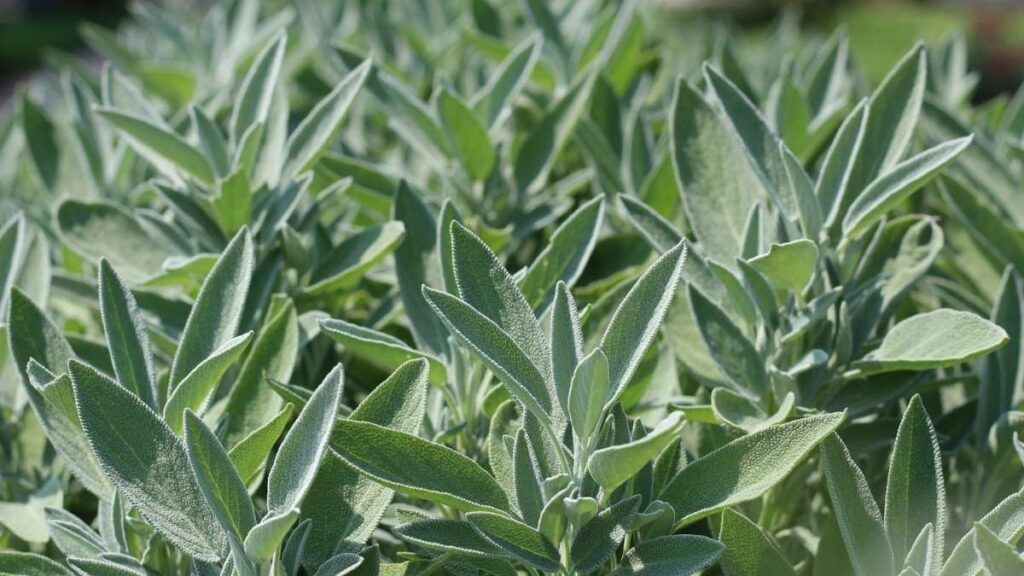
Sage produces spikes of purple or blue flowers that attract bees and butterflies. Its aromatic leaves are perfect for seasoning meats and stews, making it both beautiful and useful.
How to Grow
- Grow in full sun with well-drained soil
- Water sparingly; overwatering can cause root rot
- Prune regularly to maintain shape and vigor
- Replace plants every few years for fresh growth
8. Squash and Zucchini
These plants produce large golden blossoms that brighten any garden. The flowers are edible and can be stuffed or fried for a delicious treat, while the plants yield abundant fruit.
How to Grow
- Plant after frost in rich, composted soil
- Give plenty of space for sprawling vines
- Water deeply and consistently
- Harvest young fruits for best flavor
9. Rosemary
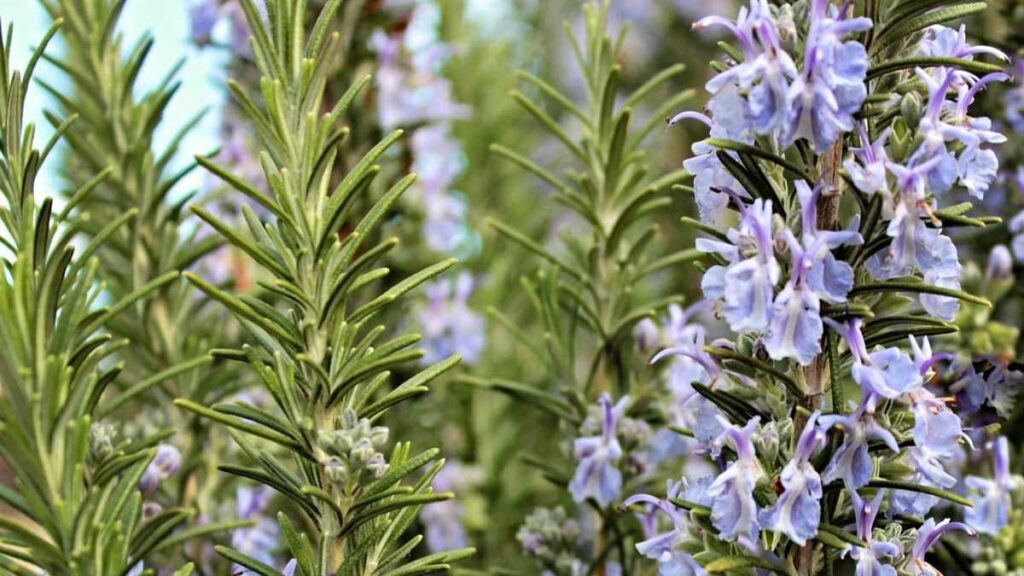
Rosemary is a fragrant, evergreen herb with small blue or lavender flowers. It adds texture and scent to gardens and attracts bees throughout the year.
How to Grow
- Plant in full sun with sandy, well-drained soil
- Water sparingly; drought-tolerant once established
- Prune lightly after flowering to shape
- Protect from frost in colder regions
10. Kale
When left to bloom, kale produces clusters of small yellow flowers that add cheer to the garden. The flowers are edible, slightly sweet, and attract pollinators.
How to Grow
- Plant in cool weather, spring or fall
- Use rich, well-drained soil with organic compost
- Keep soil consistently moist
- Harvest leaves regularly to promote new growth
Making the Most of Flowering Vegetables and Herbs
Adding flowering vegetables and herbs to your garden not only enhances its beauty but also encourages biodiversity. The blooms attract bees, butterflies, and other beneficial insects that help with pollination. Many of these plants deter pests naturally, reducing the need for chemicals. Pairing herbs and vegetables strategically creates a garden that is as functional as it is beautiful.
You can mix colors, heights, and textures for an artistic effect. For instance, the soft purple of chives and basil pairs wonderfully with the bright yellows of squash and dill. Let climbing peas and nasturtiums add height and flow, while low-growing herbs like rosemary or sage form the structure. Regular harvesting, watering, and pruning will keep your garden lively throughout the season.
A Living Blend of Beauty and Flavor
A garden filled with flowering vegetables and herbs offers more than just food it provides color, fragrance, and a touch of magic. These plants transform simple spaces into vibrant ecosystems where beauty meets purpose. Whether you’re growing on a balcony, backyard, or raised bed, these ten flowering choices will turn your garden into a thriving, flavorful paradise.

